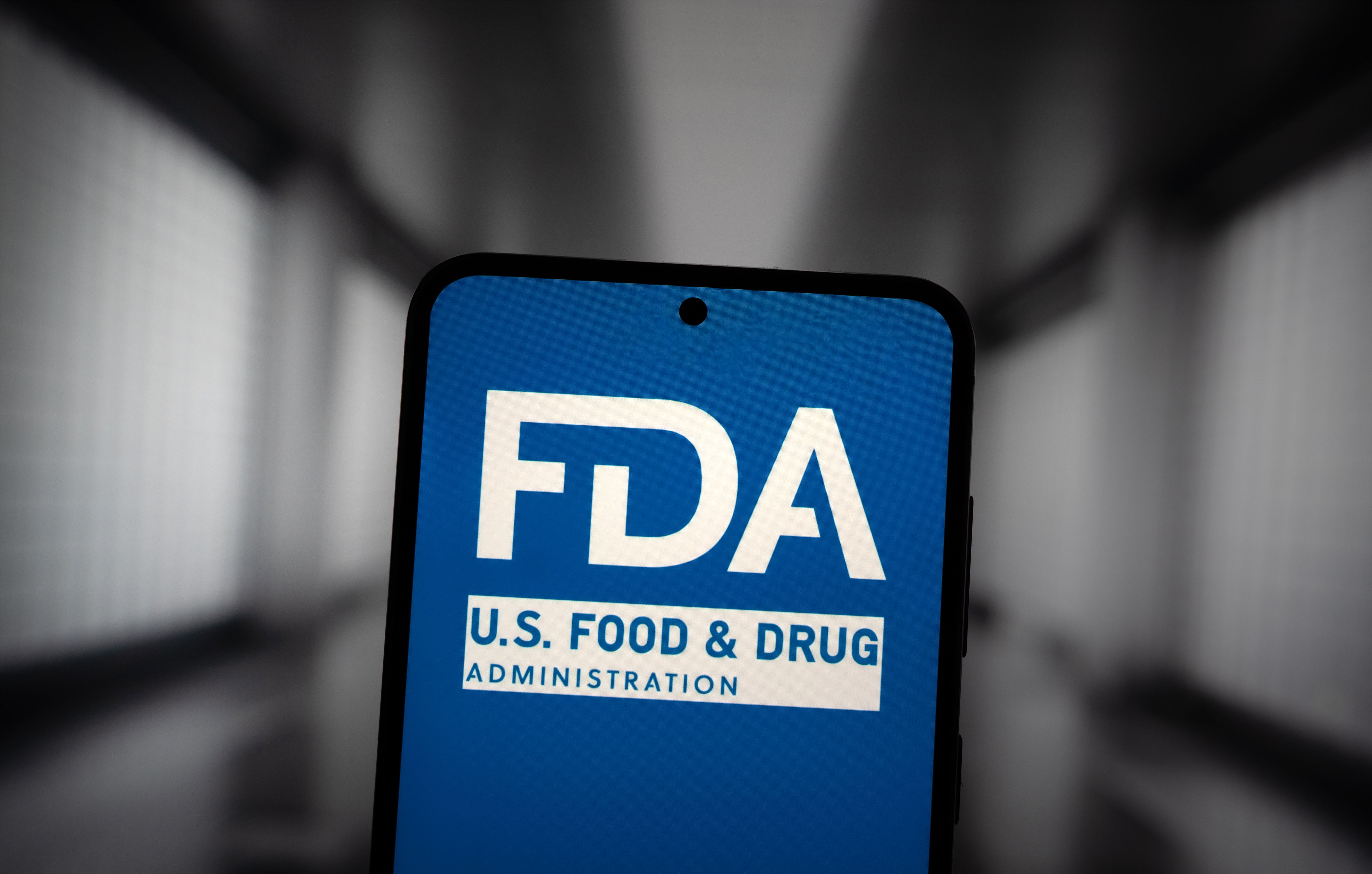Article
Specialty Pharmacy: A World of Innovation
Author(s):
The current specialty pharmacy landscape is constantly evolving, requiring a collaborative environment to meet the needs of patients.
Throughout my time in pharmacy school, I loved my role as a retail pharmacy intern, and I was immediately drawn to the innovative nature of the world of pharmacy. I hadn’t even heard of specialty pharmacy, but when I decided to sign up for a Specialty APPE rotation in my fifth year of pharmacy school, I was intrigued by the concept.
“What is specialty pharmacy, and what’s so “special” about it?” I asked.
Little did I know, I was about to experience the fastest growing segment of the pharmaceutical market. A landscape in which the opportunities are virtually endless for anyone with a desire for innovation, an appetite for trailblazing, and the grit necessary to create disruptive change.
A Look Back…
An innovative spirit has been at the core of specialty pharmacy since its inception in the late 1970s. One of the quintessential stories of the birth of specialty pharmacy took place in my hometown of Pittsburgh, PA.
In a time when many patients began to travel to Pittsburgh to receive organ transplant surgery, it became apparent that many of their local pharmacies didn’t have the expertise required to clinically manage their medication when they returned after discharge. Stadtlanders Pharmacy—a small local pharmacy outside of Pittsburgh—identified the need for enhanced clinical management of these patients’ medications.
They were also keenly aware of the challenges that these patients often faced when working with their insurance companies for drug coverage. The last thing that these patients needed after their transplant surgery was worrying how they were going to be able to pay for their medication, and filling out the paperwork to do so.
In an effort to mitigate these challenges, Stadtlanders began to service many of these patients—developing enhanced clinical training for staff and teaching them the skills necessary to efficiently navigate the complex payer landscape.
The model that Stadtlanders created to satisfy these needs shaped much of the foundation for our current specialty pharmacy model. Stadtlanders, as well as other early specialty pharmacies, worked with discharge planners to coordinate patient care and deliver medications to their homes to ensure immediate access after discharge.
According to Scott Kober in an article from 2008, “these pharmacies grew through word of mouth; nurses and physicians heard from their patients about the ‘special services’ provided by these pharmacies and started to refer patients in similar predicaments.”1
As the pharma research and development pipelines began to pivot toward innovative biotech compounds that required increased clinical management and carried extremely high price tags, the specialty pharmacy model became critical to the successful coordination of care for patients requiring these therapies.
Defining Specialty Pharmacy
There is currently no universal definition of a specialty pharmacy. Many of the definitions of specialty pharmacy specifically mention the cost of the medications being serviced, as specialty medications are typically priced at more than $600 per month. Though there are many financial hurdles that we must help the patient overcome throughout their medication therapy, there is certainly more to a specialty pharmacy than cost-mitigation strategies.
I like the definition put forth by Kevin Alder in an article from 2014 that defines specialty as a pharmacy that incorporates the following synergistic components First, a service model that is “structured to include the patient as an integral member of the care team through ‘high-touch’ patient-centric therapy management and support services.”
Second, the pharmacy must have “an environment of continuous quality improvement” that meets or exceeds the specialty patient’s clinical and administrative needs. Lastly, the standard of care in the pharmacy must be “structured to support expert and reliable therapy fulfillment according to rigid quality and patient safety standards, and the efficient resolution of administrative and financial barriers to access.”2
This definition demonstrates many of the aspects of specialty pharmacy that go above and beyond managing the cost of the medications. The development of disease state management programs that focus on patient safety and quality is truly central to the specialty model.
Collaboration with the patient and prescriber to ensure positive clinical outcomes for these high-touch patients is essential, and specialty pharmacies work diligently to continue to implement increasingly effective clinical programs.
Textbook? What Textbook?
Even if there was a universal definition of specialty pharmacy, there’s really no textbook in which to put it. If a specialty pharmacy textbook was to be written, the strategies therein would likely be outdated by the time the book went to print.
With our business segment showing double-digit yearly growth in a health care landscape that is as unpredictable as ours, the strategies need to continually scale while meeting stakeholder expectations that are constantly evolving. The amount of diligent creativity and flexibility required to thrive in the specialty pharmacy space may be at an all-time high. What an exciting place to be.
References
1. Kober, S. The Evolution of Specialty Pharmacy, Biotechnology Healthcare, August 2008.https://www.ncbi.nlm.nih.gov/pmc/articles/PMC2706163/
2. Alder, K. The Evolution of the Specialty Pharmacy Effectively Partnering for Persistence, February 2014. https://www.pm360online.com/the-evolution-of-the-specialty-pharmacy-effectively-partnering-for-persistence/
About the Author
Kimberly Firtz earned her Doctor of Pharmacy degree from Duquesne University and is currently enrolled in the Masters of Science in Pharmacy Business Administration (MSPBA) program at the University of Pittsburgh, a 12-month, executive-style graduate education program designed for working professionals striving to be tomorrow’s leaders in the business of medicines. Kimberly has spent the last 5 years working in specialty pharmacy, initially as a clinical pharmacist and most recently working on a variety of high profile Specialty Operations Projects. Her current role is working with the Process Innovation team on an effort to transform Specialty Operations and optimize the stakeholder experience.
Newsletter
Stay informed on drug updates, treatment guidelines, and pharmacy practice trends—subscribe to Pharmacy Times for weekly clinical insights.






